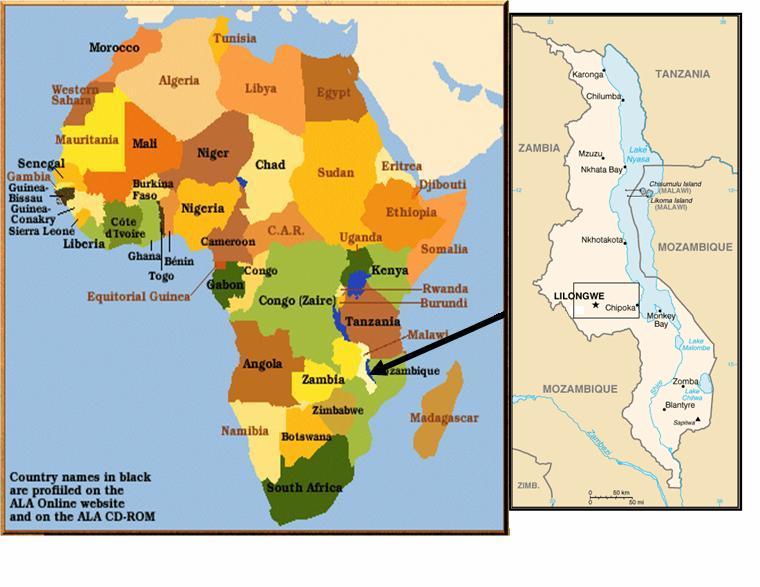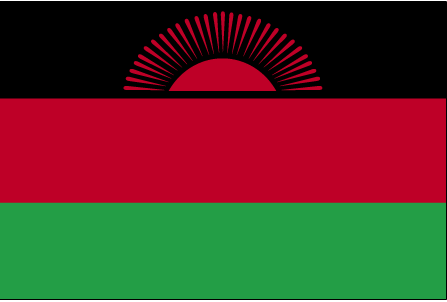History of Malawi
 |
The Swahili Arabs developed slave trade routes to the interior, crossing Lake Malawi. It is estimated that up to 100,000 people a year were being killed or sold as slaves at this time. Although the Portuguese reached the area in the 16th century, the first significant Western contact was the arrival of David Livingstone along the north shore of Lake Malawi in 1859. He was sent by the British Government to open up explorative trade routes to the African interior. Under the sponsorship of Prime Minister, Lord Palmerston, he set out to spread Christianity and commerce as counter measures to the slave trade. The main period of missionary activity came after Livingstone’s expeditions. The Scottish Presbyterian churches established missions in Malawi in 1875. During the twentieth century, the Church of Scotland, Free Church of Scotland and Dutch Reformed Church, co-operated to form the Church of Central Africa Presbyterian (CCAP). This new denomination became so influential in Malawi that by the late 1960s it was considered the unofficial state church. Dr Hastings Banda, was an elder in the CCAP. |


